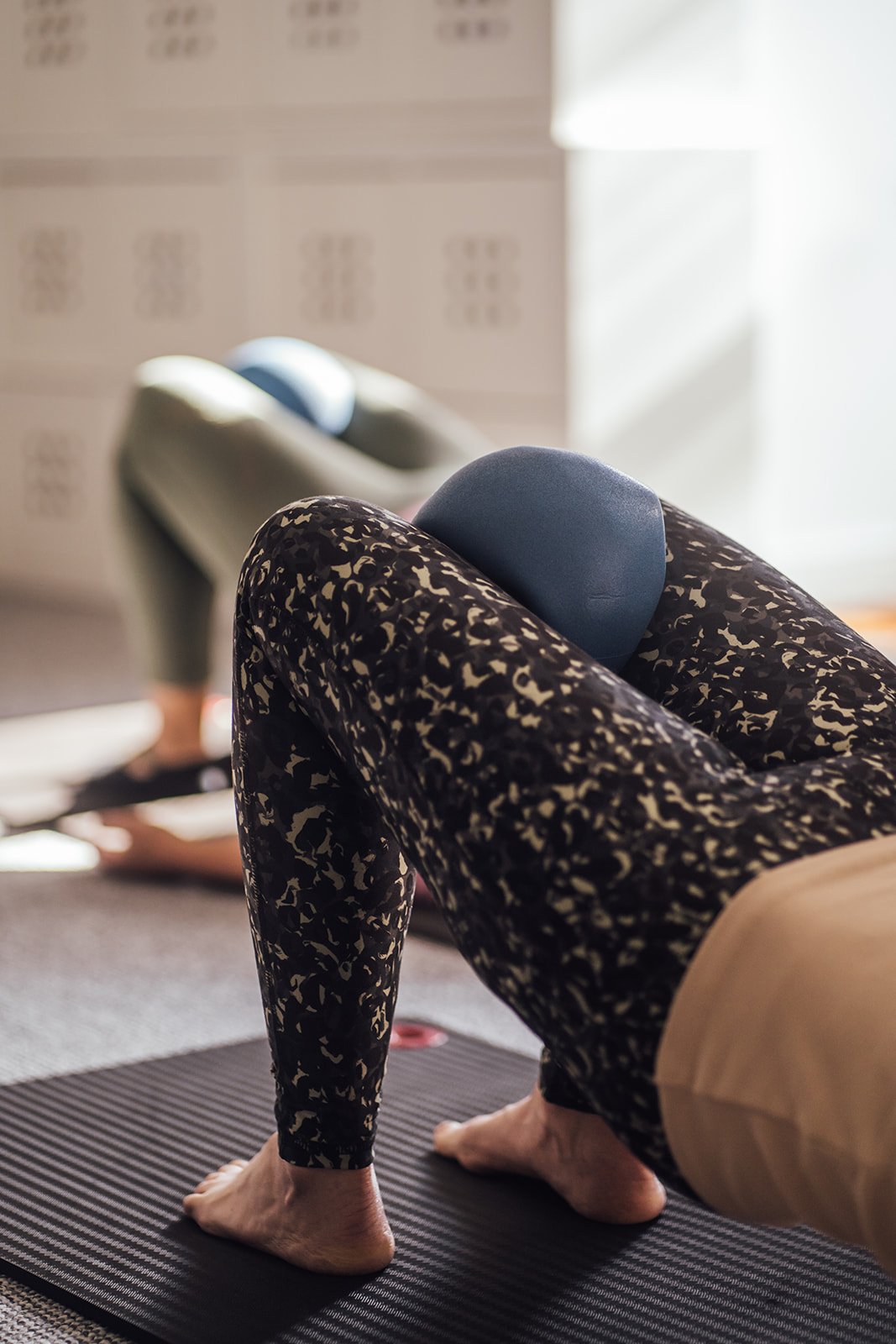Behind the Pilates Moves: Pilates Bridging
Behind the Moves is our series of expert Pilates insights explaining the Pilates movements. Lauren Hilton shares her Pilates expertise on how each core Pilates movement benefits our bodies and minds, how to improve the movement in your own Pilates practice with pro tips on how it should feel, building your knowledge and understanding of the Joseph Pilates movement principles, and feeling the benefit of your improved Pilates practice.
When we attend a class each week, sometimes we're unaware of the benefits of the movements we are offering our bodies and what those mean for our day-to-day movement and wellbeing. Each month we'll give you the why behind some of the Pilates movements you'll be most familiar with in class.
Here we'll talk about all things Bridging…
In the Pilates repertoire Bridging is everywhere. Joseph Pilates felt through modern living we had removed ourselves from the animal-like movements that our bodies were designed for and, in his exercises, spinal movement was key. On the mat, there are versions using props, single leg, with rotation and on the equipment, there are literally hundreds of variations, and all give something different so you'll never get bored of bridging!
Regular bridging can improve your spine flexibility. To support your studio class practice, and fit more movement into your busy schedule, check out our Pilates at Home classes - many of the 120+ classes included bridging.
In Pilates the purpose of bridging is to articulate the spine which means to mobilise all the segments, do you ever bridge and feel that certain areas come down as a block? I know when I started Pilates following a back injury way back in 2007, my back was very inflexible and I couldn't feel the different areas move, they moved as one, probably why I had pain! [read more about my Pilates story here]
Pilates Bridge definition
When you bridge, your pelvis begins to tip very subtly towards the floor, and then it goes forward, imagine the sit bones moving towards the backs of your knees. At the top, the ribs should feel soft, and the sacrum should be high, the shoulders are wide and released.
4 pro tips to consider in your Pilates bridge movement:
Does the back of your heart feel heavy? If it doesn't, you might have extended or flared your ribcage which is a very common movement fault.
Can you breathe and swallow? Again, if you're struggling here soften the chest.
Imagine pulling your heels underneath you - do you feel the backs of your legs more? If you don't feel like you're cramping then use this to help condition your hamstrings.
What's happening to the legs when you bridge, are they splaying out to the side? The kneecaps should stay over the big toe/second toe. If you struggle here, place a soft ball between the knees to keep the legs aligned (see last photo.)
Bridging on the studio ladder barrel for an additional sigh-inducing release
Bridging regularly features in our studio and online mat class routine
So how do all these wonderful bridges benefit you in your day-to-day?
Well, bridging will help your spine to become more mobile, so if you have lower back pain it can help the other areas of your spine. When we move we want to distribute the forces equally through the structure of our back so we don't overload any one area (hello lower back pain). Bridging improves the flexibility of the spine, our goal is to try and move through as many of our 24 vertebrae as possible. By improving the mobility of our spine we are also hydrating our discs by providing more blood flow; plump hydrated discs will help us absorb shock from the ground more easily.
Bridging builds strength in the back of our body, these muscles are known as our extensors and they help us to have good alignment and posture. The muscles at the backs of our legs and our glutes help us to find that open crease we are aiming towards in our bridge, we ALL need this and especially those of us who might sit down for the majority of the day.
Bridging actually helps to reverse the negative effects of sitting for prolonged periods, such as tight and weak hip flexors, forward head posture, and lower back pain. Daily bridging for the all, we say! See you next time or in the studio, or the online studio!
Top tip: Place a soft Pilates ball between the knees to help keep your legs aligned whilst bridging.
Photo credit: Florence Fox Photography




